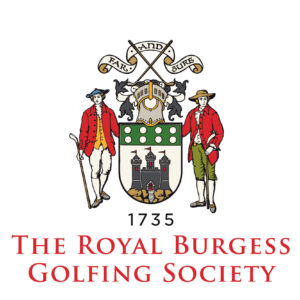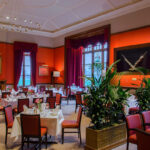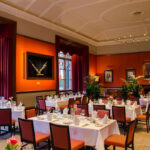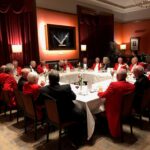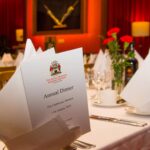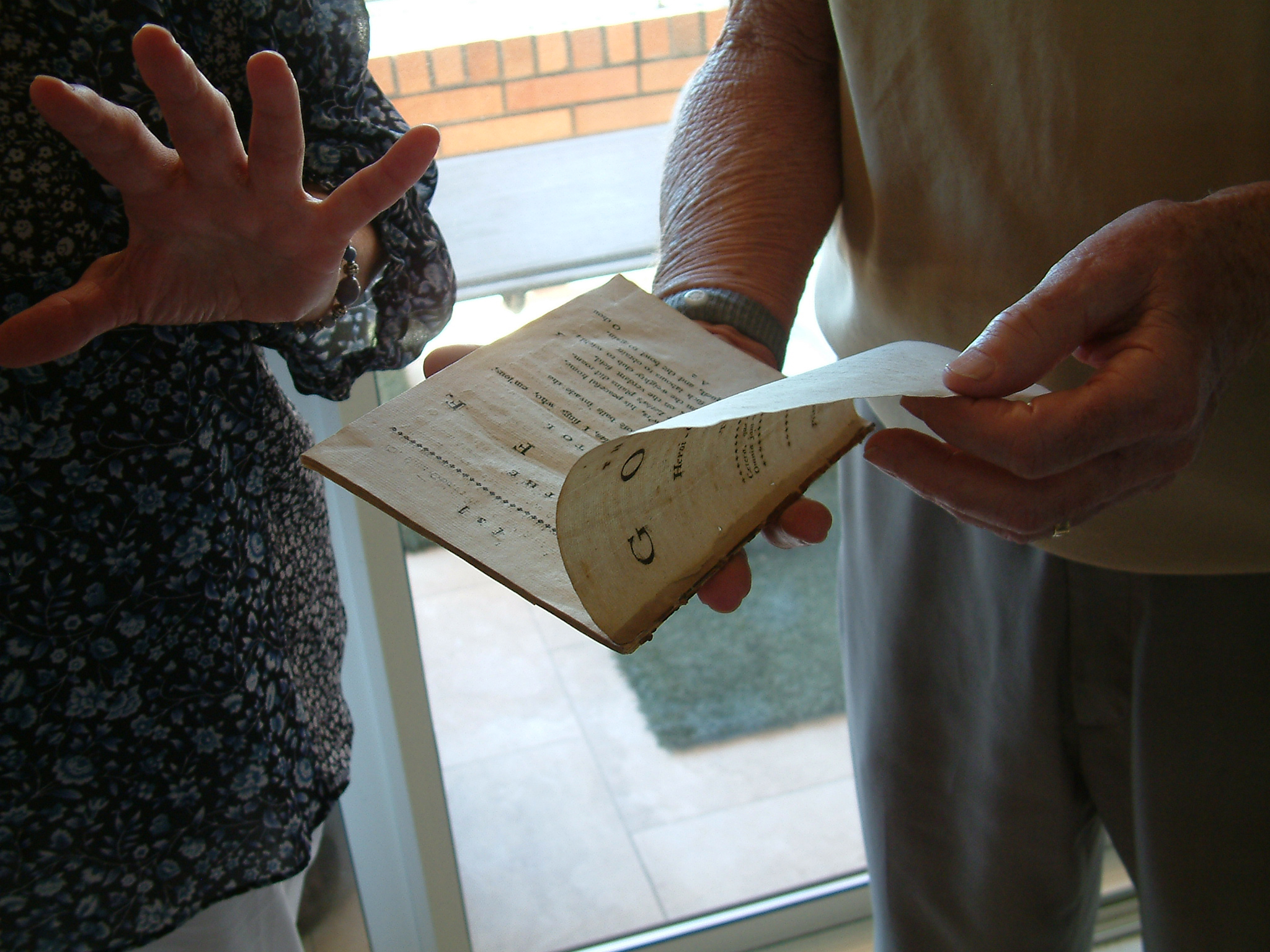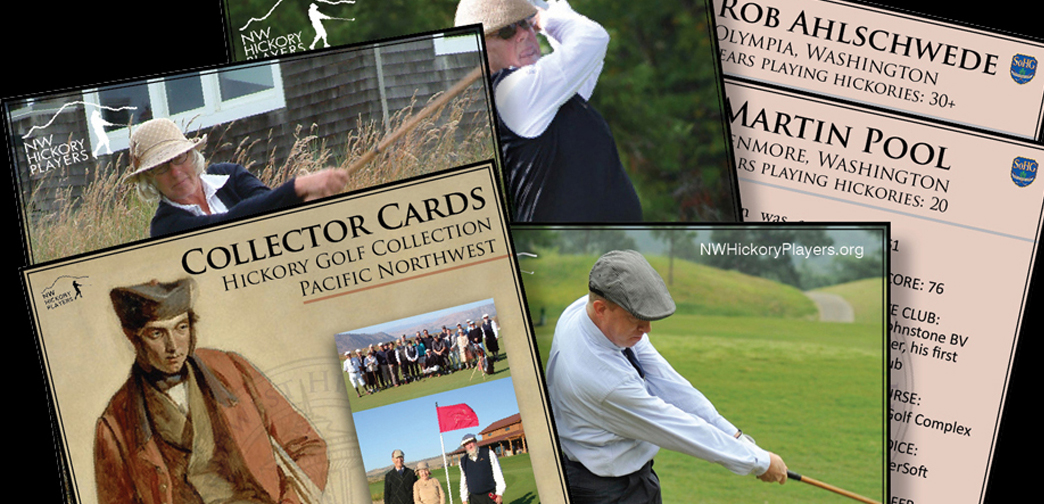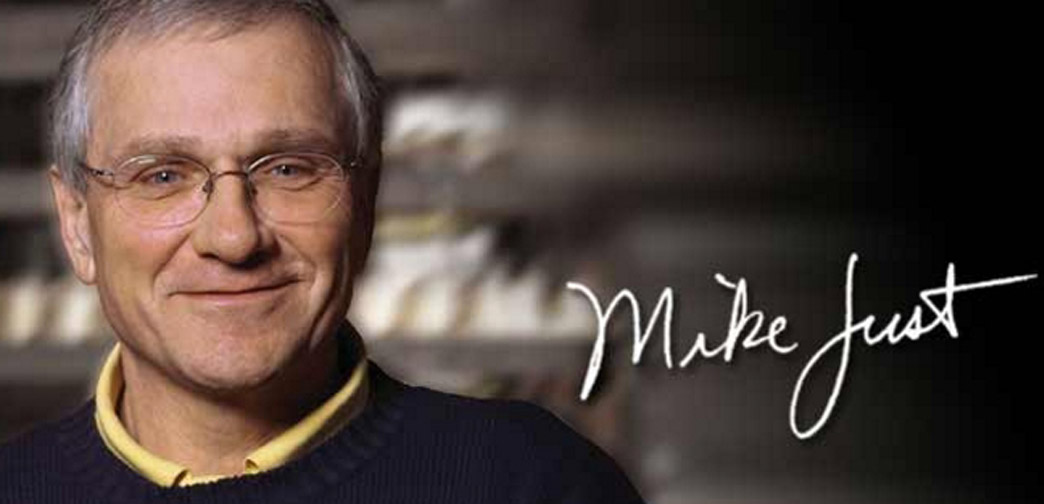Since 1735: The Royal Burgess Society
The Society of Golfers in and around Edinburgh, known today as The Royal Burgess Golfing Society of Edinburgh, is widely recognized as the oldest Golf Club in the world.
The earliest Members formed a competitive and spirited Society, playing golf for wagers and enjoying a lively social life. Playing at Bruntsfield Links, their adopted clubhouses were popular ‘howffs’ such as Maggie Johnstone’s, or later at Golfhall on the Links where Thomas Comb, clubmaker, established his workshop, sharing the premises with a golfers’ tavern.
During the 1760’s the Society’s fortunes became increasingly precarious until the membership stirred itself and a resurgence followed with the addition of 16 new Members in 1773. Among them were a few Burgesses and officials of the city. The leader of this group was Orlando Hart, a master shoemaker and Deacon of Trades. His was a commanding personality and his energetic determination to reverse the decline saw him elected as the Society’s first Captain.
The Society initially met at various hostelries, but from 1813 members once again settled upon The Golf House Tavern (formerly Golfhall) as their regular meeting place. The Tavern was known affectionately among the Burgess as “Society Hall”. This fashionable new sport grew a respectable following at Bruntsfield and the Links was largely protected from development – undoubtedly as a result of petitioning by the influential merchants and lawyers among the Burgess membership. However, other activities incompatible with golf, including military training and the livestock trade, remained regular intrusions. The Burgess custom of the scarlet jacket began, it is told, as a warning signal to those hapless folk and innocent beasts that might otherwise find themselves unknowingly in the line of play. After more than a century at Bruntsfield Links, urban encroachment and congestion of the course pressed the Society to seek an alternative golfing ground.
The Burgess was increasingly organizing its play at Musselburgh during those times and in 1874 the Society eventually made its home at Musselburgh Links, where golf had been played as far back as 1672. The Honourable Company of Gentlemen Golfers had relocated from Leith’s overcrowded Links in 1836 and a few years later the Burgess, under the leadership of its Captain, James Moore SSC, began to play its meetings, matches and competitions, on the superior turf of Musselburgh. The Society amalgamated with the Musselburgh New Golf Club in 1873 before making the seaside Links its new home. Then, as now, Musselburgh Links was also popular for horse racing and The Burgess found temporary accommodation within the old grandstand until a more permanent clubhouse was completed in 1875. As the popularity of golf further increased, Musselburgh Links became overwhelmed and the Society’s Council was again charged with finding a new location.
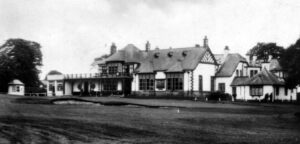 In 1894 The Burgess set its sights on the private estate at Barnton Park where Robert Clark, an Edinburgh publishing magnate, golf author and R&A gold medalist, had developed a nine-hole course for his exclusive use. He is likely to have invited Burgess Members to play at Barnton on occasion and may have facilitated initial approaches by the Society to the landowning Maitland family. The Society moved decisively and completed feu contracts (land tenure) on the land in 1895. ‘Old’ Tom Morris, then 73, was hired to survey the ground in 1894, pronouncing it “all he could have wished”, and the ‘up and coming’ Willie Park Jnr. designed the original course. The course today also owes much to the artfully lengthened fairways and fiendishly bunkered greens dating from James Braid’s 1925 revisions.
In 1894 The Burgess set its sights on the private estate at Barnton Park where Robert Clark, an Edinburgh publishing magnate, golf author and R&A gold medalist, had developed a nine-hole course for his exclusive use. He is likely to have invited Burgess Members to play at Barnton on occasion and may have facilitated initial approaches by the Society to the landowning Maitland family. The Society moved decisively and completed feu contracts (land tenure) on the land in 1895. ‘Old’ Tom Morris, then 73, was hired to survey the ground in 1894, pronouncing it “all he could have wished”, and the ‘up and coming’ Willie Park Jnr. designed the original course. The course today also owes much to the artfully lengthened fairways and fiendishly bunkered greens dating from James Braid’s 1925 revisions.
At first the Society tenanted part of Barnton Mansion, but was thwarted in its desire to acquire the freehold. Eventually the Society’s Council set an architectural competition, selecting Robert M Cameron, a Burgess member, as its architect. The foundation stone was laid in 1896 and the handsome ‘Arts and Crafts’ style clubhouse, built at a cost of £6,000, was opened to great acclaim in May 1897.
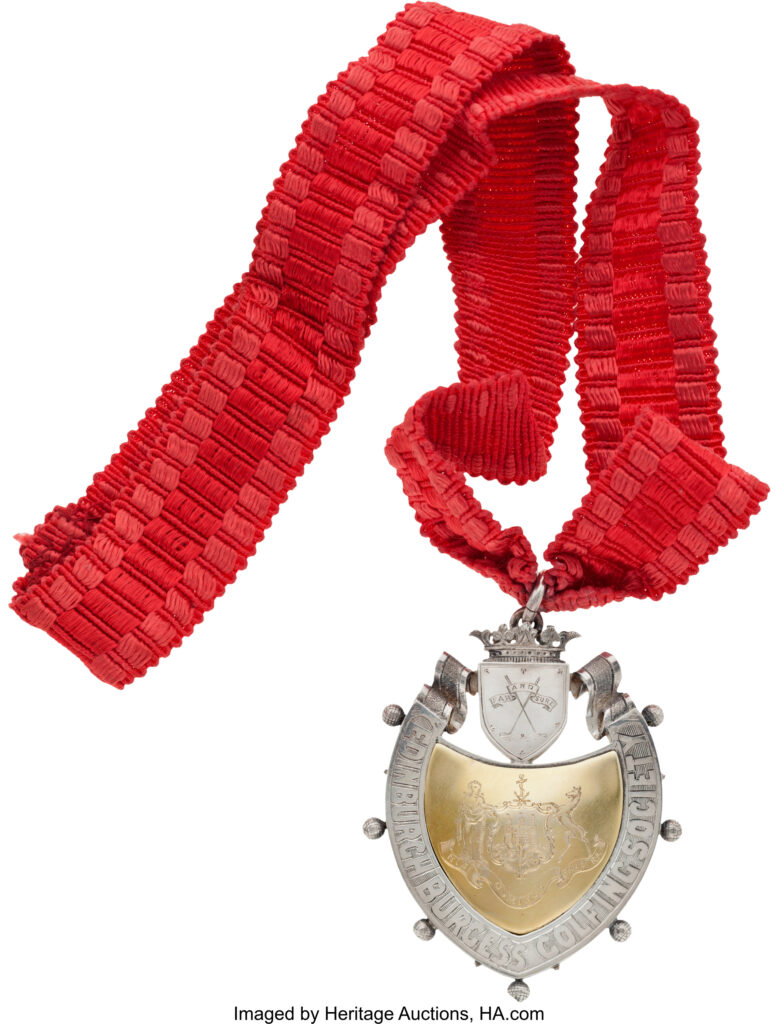
The newly completed Barnton Station was almost literally on the Burgess doorstep. The Caledonian Railway was a great boon to the popularity of the Society’s parkland location. Membership, which had declined to only 120 at Musselburgh, experienced unprecedented growth and a cap of 720 was put in place. The Society was formally recognized as a respected Edinburgh institution and often played host to the City’s visiting dignitaries. The exceptional quality of the golfing experience, coupled with the legendary Burgess hospitality, marked the Edinburgh Burgess Golfing Society’s course as a leading Scottish golfing venue. Top national and international golfing legends of their time have relished the challenges and rewards of the Barnton course.
Robert Boothby had previously been Captain of the R&A, a post in which his immediate successor was HRH The Prince of Wales. The acquaintance between Boothby and the Prince resumed at Barnton. Discrete negotiations with Buckingham Palace took place in 1929 and King George V signaled to the Society his willingness to see its name changed to The Royal Burgess Golfing Society of Edinburgh. Robert Boothby was knighted in the same year.
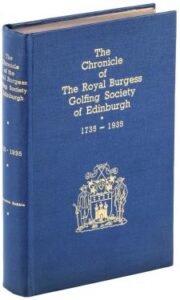
The Prince of Wales, later King Edward VIII, graciously accepted Captaincy of the Society in its bicentennial year of 1935. He visited the course on many occasions and enjoyed several rounds of golf in the days before accession to the throne required him to resign. Prince Albert, Duke of York, was an honorary Burgess Member too. He continued the royal patronage of the Society after he became King George VI following the abdication of his older brother in 1936. HRH The Duke of York accepted Honorary Membership in 1991.
On receiving the Royal Edict, the Society matriculated a design of Armorial Bearings in the Lyon Register. The coat of arms proudly endorses the long history and reputation of The Royal Burgess Golfing Society of Edinburgh – the heraldic badge being the singular symbol of the Society since 1930. Informal origins of the design can be traced back to1875 when a stained-glass panel was commissioned to adorn the Musselburgh clubhouse. This historic pane is carefully framed within a window in the Dining Room. The Burgess motto “Far and Sure” first appears on gold or silver dress buttons and badges, inscribed above crossed clubs, three balls and a thistle in 1802. The popular golfing exaltation first appeared on an embroidered star shaped breast badge in the early years of the Society.
This, and more, can be found at the Society’s website.


